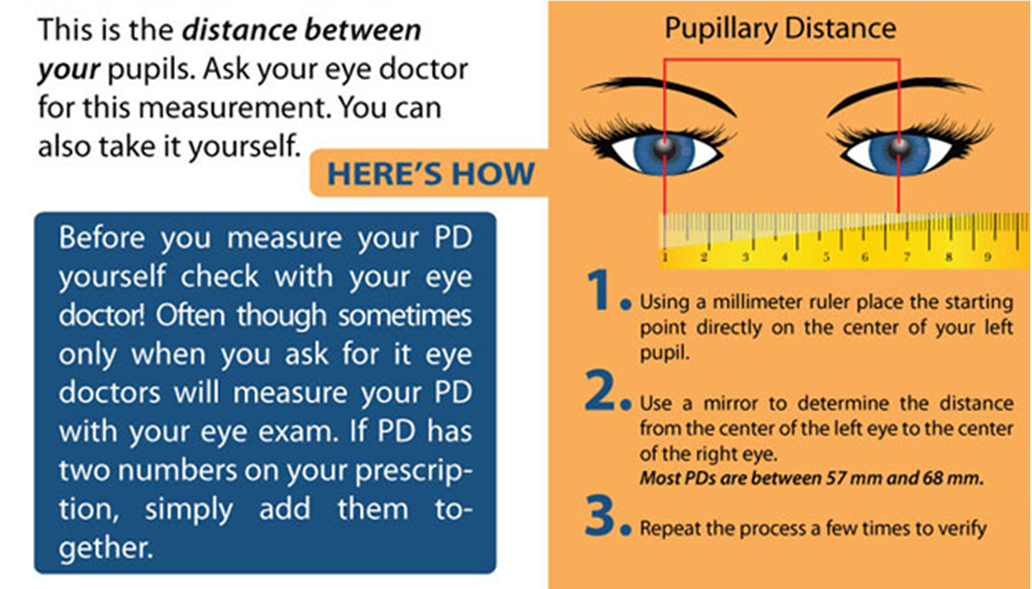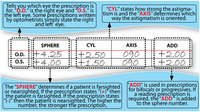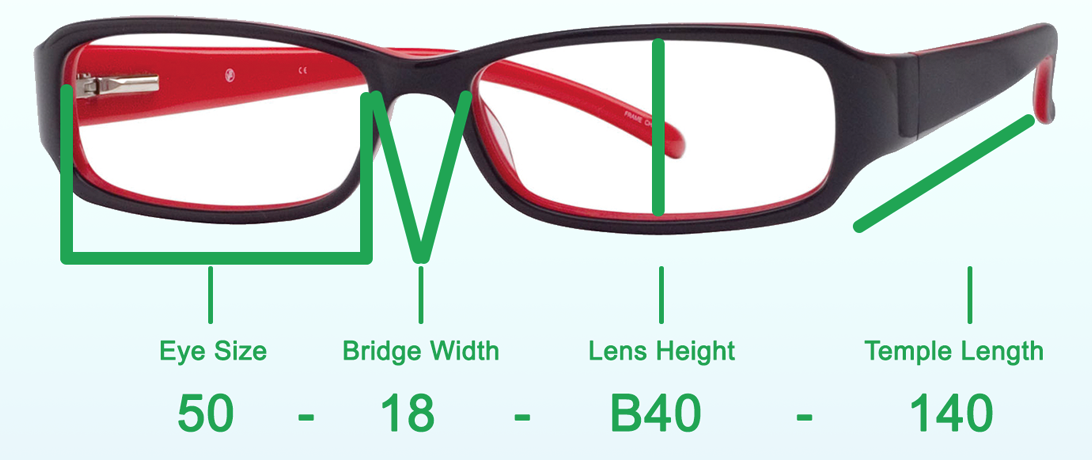What is a Single Vision lens?
Single Vision Lenses correct for only one focal point. A patient can use a single vision lens for only distance correction or near reading correction. If they need a corrective lenses for both distance and reading, they may need two pairs of glasses with single vision lenses for near (reading), and another pair for distance.
Daniel Walters offers Single vision lenses with polycarbonate lenses including Anti-glare, and Anti scratch lenses all for only 20$.
Polycarbonate
Polycarbonate lens is a lens material that could be used for single vision lenses, bifocal and progressive lenses. A polycarbonate lens is impact resistant so it is ideal for everyone, especially for children be the low age of 18, as the lenses are more durable and safe. Polycarbonate lenses also come with UV coating to prevent harmful UV rays from entering the eye. Another advantage is that the lenses also come with a scratch resistant coating (not scratch proof). Therefore with all these advantages Polycarbonate lens would make it ideal for daily use.
Daniel Walters offers Single vision lenses with polycarbonate lenses including Anti-glare, and Anti scratch lenses all for only 20$.
Anti-reflective coating?
An Anti-Reflective (AR) coating, when placed on the front and back of a lens, helps to improve your vision by removing light reflected on your lenses. A lens without an AR coating usually transmits approximately 92% of light into the eyes and the rest of the light is reflected away from the surface of the lens.
In contrast, a lens with an AR coating allows approximately 99% of the light into the eyes by diminishing the reflections. Due to the fact that more light enters the eyes, not only do you see better but your vision is sharper as they is less glare. This is useful in night driving as the glare from car lights are diminished and when working on a computer, the glare from the screen is diminished as well. An AR coating also has a scratch resistant coating.
Lastly lenses with with an AR coating are nearly always invisible making it easier for people to focus on your eyes instead of your lens covered with glare.
1.60 Mid Index
A regular plastic or polycarbonate lens is great for patients that have a prescription up to a + or - 3.00. If the prescription is higher, the edges or center of the lens.
1.67 Hi-Index
Patients with a a high prescription above -6.00 or + 6.00 will benefit from a lens material called a 1.67high index lens. This lens material is specially made for high prescription as they minimize lens and edge thickness so that the lenses wont look like coke bottles and would be lightweight.
Roll & Polish
In addition to using a high-index lens, an option called Roll and Polish is used to further minimize the thickness of a 1.60 mid- index lens and a 1.67 high index lens for patients with high prescriptions. High prescriptions lenses always have lens thickness. Roll and polish will make the lenses transparent and cut down the edge of a thick lens.
What is PD (Pupillary Distance)?
This the distance between your pupils. This measurement is important because the pupils need to be aligned with the optical center of the lens. Without the PD measurement, you could be looking through the part of the lens that is distorted and not clear. See diagram below.

Transition Lenses.
Would you like the convenience of having a lens that stays light indoors and turns dark when you go outdoors? Then you would love Transition lenses. These lenses offer the convenience of wearing one pair of glasses that that turn dark outdoors and light indoors. You wont have to carry two pairs of glasses, i.e. sunglasses and a clear pair. These lenses hves the extra benefit of having a UV coating to protect your eyes from harmful UV rays and they come with a scratch resistant coating too.
Transition lenses comes in two colors: Grey and Brown. The level of darkness depends on the time of day. For example, in the late evening the lenses will not turn as dark as compared to being outside in sunlight at 12 PM.
Transition lenses don't turn dark when your driving .This is because windshields in cars have a UV coating to prevent UV rays from coming in the car. Since Transition lenses need UV light to turn dark, the windshield prevents this. If you need additional protection while driving, you can consider investing in clip- on sunglasses that goes over the frame or even a separate pair of sunglasses for driving.
Photochromic
Photochromatic lenses are similar to Transition lenses except there is a slight tint indoors. These lenses darken when you go out in the sun.
How do you read and understand a eyeglass prescription?
Please see diagram below.

How to determine a frame size.
Please see diagram below.

